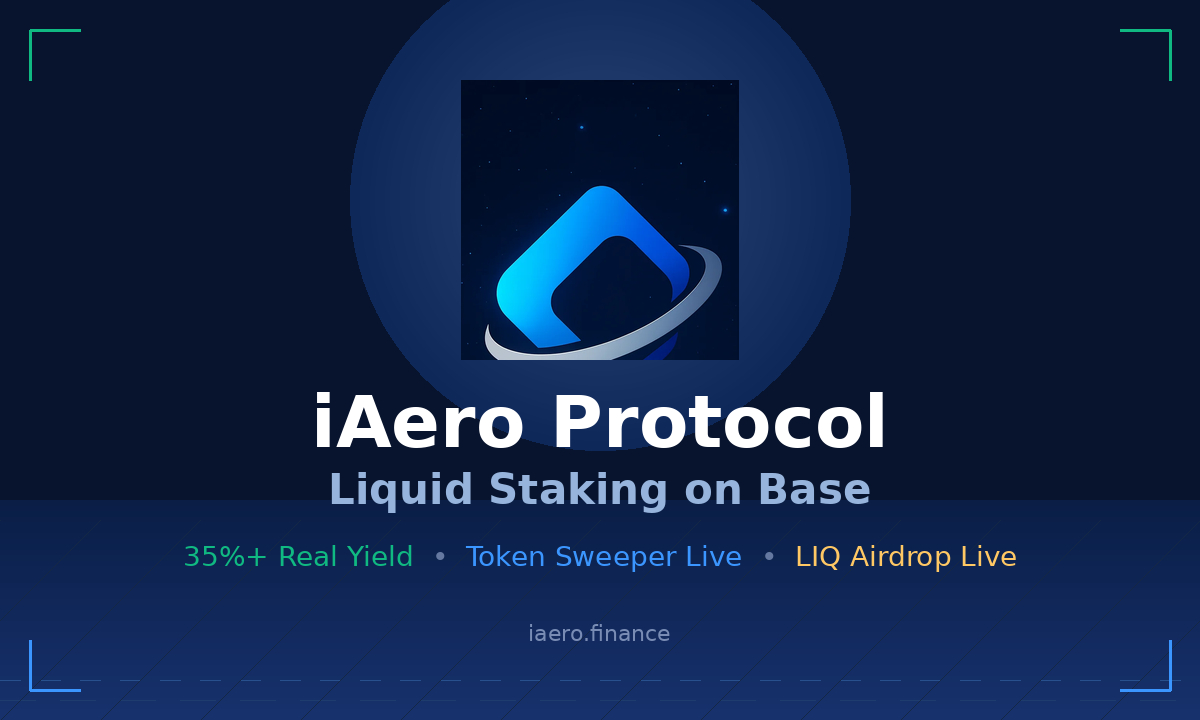Key Points:
- Monad testnet achieves 10,000 TPS with revolutionary blockchain architecture.
- Monad’s EVM compatibility simplifies dApp migration for Ethereum developers.
Monad testnet begins phased rollout, delivering up to 10,000 TPS with Ethereum compatibility, optimizing throughput, and simplifying dApp migration.

Monad Testnet Reaches 10,000 TPS in Phased Rollout
The highly awaited testnet release from Monad Labs promises 10,000 transactions per second. Driven by a first-of-its-kind pipelined architecture, Monad streamlines processing tasks from sequential to parallel and optimizes blockchain operations. In this architecture, the network will be able to realize one-second block times, giving an unparalleled level of speed and efficiency at Ethereum-compatible Layer 1 networks.
The moment is a milestone development in the evolution of blockchain technology. Since Monad focuses on scalability and throughput, it remains ideal for any applications that require high-performance solutions. This partial testnet release is further building anticipation of Monad’s full launch, as most developers and investors are carefully watching its progress, according to The Block.
Read more: Monad Labs Closes $19 Million Seed Round To Create New Blockchain
Monad’s EVM Simplifies Developer Migration
One key feature of Monad is that it is fully compatible with EVM bytecode. Because of this, developers can easily transfer their dApps onto the network. In maintaining compatibility, Monad reduces the barrier of entry for Ethereum-based developers and fosters further adoption and innovation within the Monad ecosystem.
It further complements this with the pipelining architecture, which significantly boosts transaction throughput, hence a blockchain environment that is stable and proficient. These innovations make Monad an attractive choice for developers seeking infrastructure compatible with Ethereum but offering better scalability and performance.
| DISCLAIMER: The information on this website is provided as general market commentary and does not constitute investment advice. We encourage you to do your own research before investing. |






















